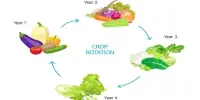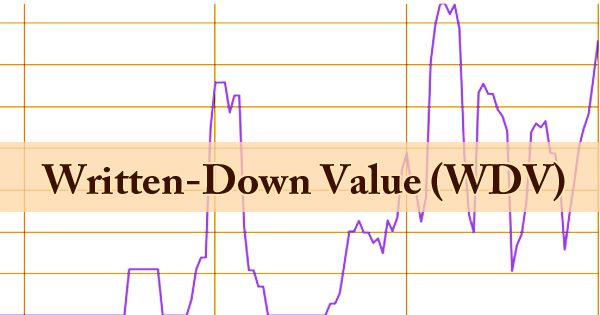Hydroponics is the art of gardening without soil. It is a type of horticulture and a subset of hydroculture, which is a method of growing plants, usually crops, without soil, by using mineral nutrient solutions in an aqueous solvent. If a plant’s root system is exposed directly to water and nutrition, the plant does not have to exert any energy in sustaining itself. It is a Latin word meaning “working water.” Though the technology sounds cutting-edge, the history of hydroponics dates back to the famed Hanging Gardens of Babylon, one of the Seven Wonders of the Ancient World.
Hydroponic farming appeals to some people because of environmental concerns, since it uses less water and requires fewer pesticides or fertilizers than traditional farming techniques.
Hydroponic systems work by allowing minute control over environmental conditions like temperature and pH balance and maximized exposure to nutrients and water. Terrestrial plants may be grown with only their roots exposed to the nutritious liquid, or, in addition, the roots may be physically supported by an inert medium such as perlite, gravel, or other substrates. By controlling the environment of the plant, many risk factors are reduced. Despite inert media, roots can cause changes in the rhizosphere and root exudates can affect rhizosphere biology. Plants grown in gardens and fields are introduced to a host of variables that negatively impact their health and growth.

Hydroponic flowers, herbs, and vegetables are planted in inert growing media and supplied with nutrient-rich solutions, oxygen, and water. The nutrients used in hydroponic systems can come from many different sources, including (but not limited to) fish excrement, duck manure, purchased chemical fertilizers, or artificial nutrient solutions. This system fosters rapid growth, stronger yields, and superior quality. In the absence of soil, water goes to work providing nutrients, hydration, and oxygen to plant life.
Hydroponic farming appeals to some people because of environmental concerns, since it uses less water and requires fewer pesticides or fertilizers than traditional farming techniques. Plants commonly grown hydroponically, on inert media, include tomatoes, peppers, cucumbers, strawberries, lettuces, marijuana, and model plants like Arabidopsis thaliana. A hydroponic system can grow plants and vegetables faster and year-round. Plants grown this way usually yield more, require less space and conserve soil and water.
Hydroponic vegetables are grown suspended in a liquid solution containing the minerals the plant needs to thrive. In most cases, a hydroponics farm is enclosed within a greenhouse, but hydroponics systems can also be set up outdoors. However, hydroponics is far from merely an innovation of the ancient ages. In the 1990s, NASA grew aeroponic bean seedlings in zero gravity aboard a space station, opening up the possibility of sustainable agriculture in space.
















